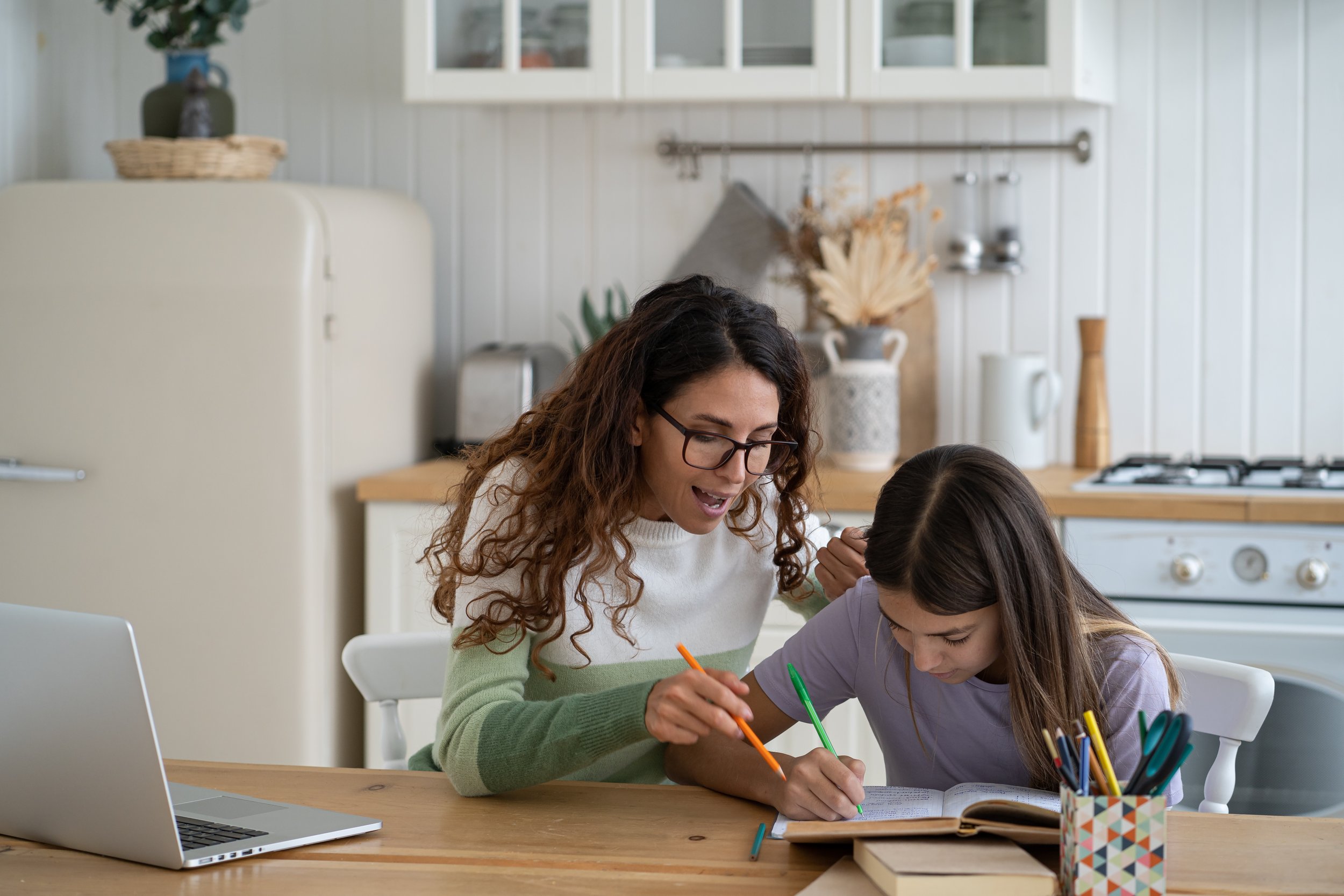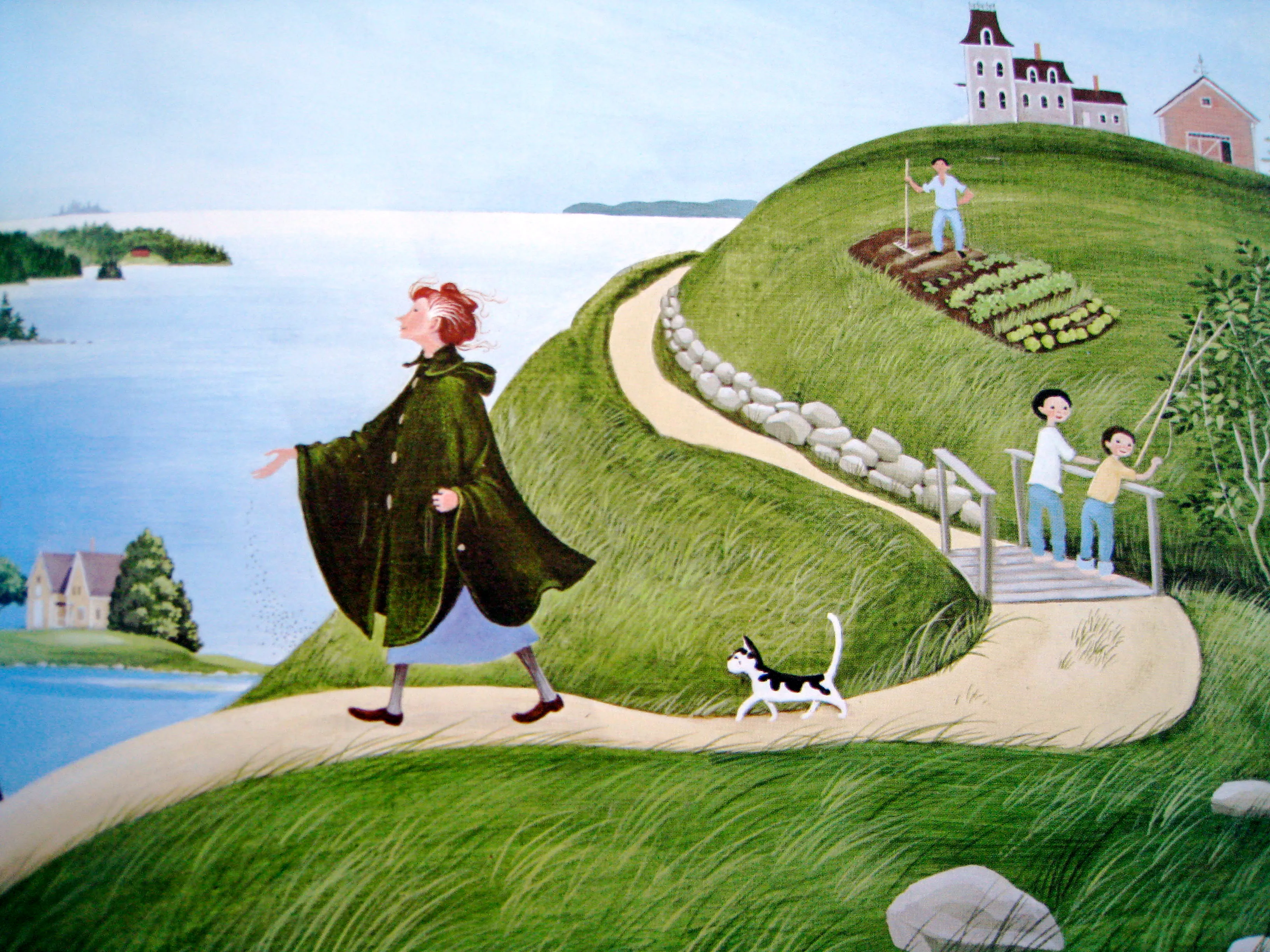Sponsored Post: Learning and the Natural World with Oak Meadow
Through May 29, save 20% in the Oak Meadow bookstore and 10% on Oak Meadow enrollment. It's not always easy to find totally secular homeschool materials, and Oak Meadow's materials aren't just secular—they're also hands-on, engaging, and fun to use with your kids.
Spending time in nature can lead to some of the most enjoyable and profound learning experiences. Nature-based learning touches on and connects every academic discipline imaginable while enlivening the senses and invigorating the body. It encourages curiosity and inquiry, exploration and experimentation, while the mind catalogs, analyzes, and compares. Homeschoolers are in a unique position to take full advantage of the learning opportunities that present themselves right outside the door. Families who discover Oak Meadow homeschooling curriculum find curriculum materials that actively support and encourage a close connection with nature.
The lessons that nature has to teach us are never ending. Being immersed in the natural flow of plant and animal life cycles, weather patterns, seasons, and the intricate dance connecting everything helps us find our own balance in the flow of life.
It’s not surprising that children who play outside are healthier mentally, emotionally, and physically. Human beings have spent nearly the entirety of our existence outside. Our connection to the natural world is so profound that when we are deprived of it, it’s no surprise that we don’t fare well. More and more adults are recognizing the importance of outdoor play for children, and the value of unstructured nature-based explorations. In addition to this shift to include nature-based activity or “green exercise,” teachers and parents, environmentalists, and policy-makers have realized that outdoor play and nature-based learning leads children toward a sense of environmental stewardship. Simply put, connecting with nature means appreciating nature and wanting to take care of it.
Getting children back to nature is easy, fun, and beneficial in every way. And it seems
the simpler the outdoor play, the better. Letting children loose with nothing more than a stick and a pile of dirt is about the nicest thing we can do for them.
Getting Back to Nature, Plain and Simple
Simple is almost always better when children play outdoors. The most elaborate playground or climbing structure can pale in comparison to a stream in the woods. Going to the beach with a bucket and shovel (and sometimes not even that much!) can provide hours of absolute absorption in play for children of all ages. But what if you don’t have time or access to the forest or beach? No worries—just stepping out your back door can be the start of an outdoor adventure. A small crack in the sidewalk can be a fascinating study of the industry of an ant colony and the tenacity of a weed. You don’t need to be a scientific expert to point out insects, bees, spider webs, and dandelions, or to discuss the difference between a pine tree and an oak. Collecting acorns and pinecones can reveal all sorts of interesting shapes, smells, and textures, and lead to endless explorations.
Photo courtesy of Oak Meadow
Hands-on outdoor learning is inquiry-based and self-directed, and nurtures a child’s curiosity, creativity and sense of wonder. As long as children are provided with time for unstructured play in a natural setting, meaningful learning will take place. Sharing your love and enthusiasm for the outdoors is the best way to bring nature learning into the lives of your children.
If your child hasn’t spent much time outdoors, be prepared to start small. The crack in the sidewalk is always a good place to start. Collecting sticks and building a little teepee is another simple way to get a child who is timid outdoors to start getting his hands dirty. Collecting rocks, shells, nuts, or just about anything will appeal to most children, and it’s just a small step from there to building and decorating a tiny, magical fairy house or woodland dwelling.
Here a few more tips for bringing the outdoors into your day.
- Go outside early in the day (and often!)
- Eat snacks or meals outside
- Devote a section of your yard to dirt or sand play
- Plant a bean teepee large enough to play inside
- Make a living fort by trimming the bottom branches from bushes to make a crawl space
- Make a row or circle of stumps (burying them in the ground partway makes them more stable)
- Make a mud pit and enjoy the slippery, oozy possibilities
- Create sculptures from natural materials (with a little imagination, a cluster of rock towers can look like a wise council of elders)
Child-Led Discovery
Sometimes it is tempting to become a bit too involved in a child’s outdoor play. There is something irresistibly appealing about a sand pile or a fairy house. However, it is important to allow children the time and space to explore on their own. This self-directed, unstructured play often yields the richest rewards. So try to resist the urge to get your children interested in your idea. Let them make their own discoveries, and allow them to make their own mistakes. Just because they aren’t doing something in the most efficient manner doesn’t mean it’s not right. We all learn from experience, and faster is not always better.
Be playful and curious, be interested and excited, but above all, respect the rich inner life of the child’s play. There is something very peaceful about creating a nature scene or just exploring the natural environment. Don’t force conversation. Sometimes it isn’t necessary to talk about a creative experience. Connecting with nature can be a very personal experience, and one that builds intricate and complex ways of understanding the world. By attuning to your child’s attitude, you will probably be able to easily feel when it is right to just let her be.
While educators (homeschooling parents and professionals alike) are perpetually open to the teachable moment, unstructured outdoor play is often a good time to let the teachable moment pass without comment. Trust that the learning process is in full sail without your guidance. There will be another time to give suggestions, instructions, information and advice. For now, just enjoy the beauty of nature’s classroom.
This post is excerpted from The Heart of Learning, written by Lawrence Williams, Oak Meadow’s founder, president, and a pioneer in homeschooling and distance learning. Its timeless lessons have informed homeschooling families for four decades.































